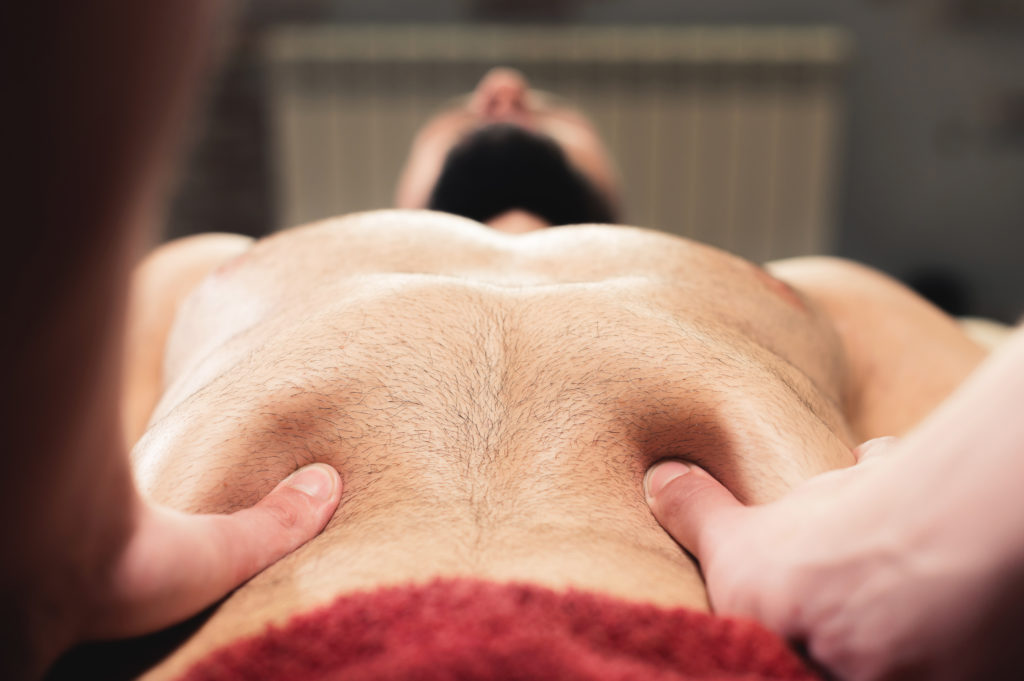This post covers breathing.
(Cue the cavalcade of eye rolls)
But I PROMISE I am going to 1) be brief, and more importantly 2) showcase why it’s important and why it will help you feel better, move better, perform better, and likely turn you into a Jedi Master Spartan Sex God of Minas Tirith.[footnote]Results may vary.[/footnote]
Deal?
Lets do this.
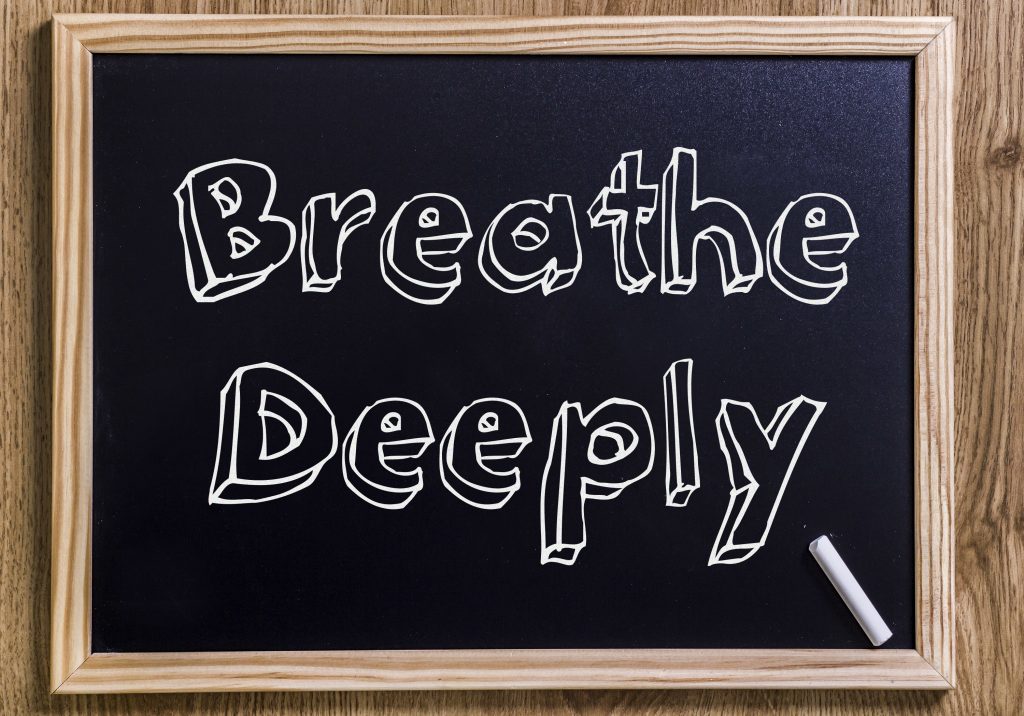
How You Breathe Matters
To be clear: This post has nothing to do with oxygen exchange.
I’m going to assume that if you’re reading this you’ve got that part nailed down, because, you know, you’re not dead.
Rather, the main objective is to shed light on HOW you breath and how, if it’s “faulty,” it can have ramifications up and down the kinetic chain.
To keep this as succinct as possible, I want you to take a moment to take a deep breath in and to note what happens?
- Did you notice your chest move up or out?
- Did you notice your belly move out or maybe it didn’t move at all?
- How about your ribs? Did you notice any movement there?
- What about in your mid- back? Anything?
- Eyeballs? Anything there?[footnote]I hope not, that would be weird.[/footnote]
The reason I ask is because, ideally, you want to see a 360 or 3D expansion of your ribcage when you take a breath in.
In other words you want to see a little of everything move – chest, belly, back, sides, not eyeballs.
Unfortunately, for the bulk of people out there, this isn’t the case. Many tend to be just be
“chest breathers” or just “belly breathers,” and what ends up happening is a poor Zone of Apposition.
A Zone of Appo Come Again Now?
Zone of Apposition can simply be referred to as alignment. Or, more specifically, it can be described as the act of bringing together or into proximity.
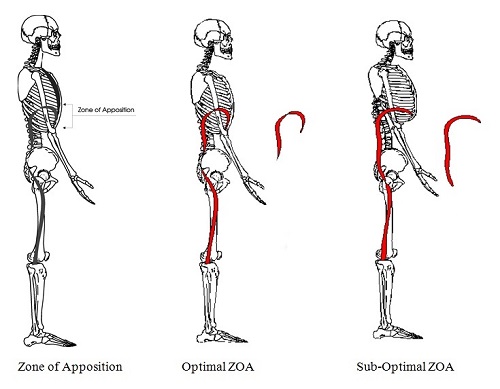
Photo Credit: Postural Restoration Institute (<– AKA smart mofo’s)
If you take a gander at the Optimal ZOA picture (middle) you’ll see a diaphragm that’s domed out as well as aligned (stacked) above the pelvic floor; the ribcage is connected to the pelvis.
Conversely, in the Sub-Optimal ZOA picture (right), the diaphragm is flattened out and the ribs are in a more flared position; they might as well be located in Mordor in relation to the pelvis.
In non-nerd speak: Shit’s all out of whack.
At this point you may be thinking to yourself, “fuck outta here Tony. Who cares? Zone of Apposition sounds more like a term accountants use than anything I need to be worried about. Squats.”
Well, after listening to my colleague, Dr. Sarah Duvall, speak on the matter, here’s why it matters.
A Loss of Zone of Apposition Means:
- Decreased core stability, control, respiratory efficiency, and exercise tolerance under fatigue…in addition to postural ramifications.
- Increased accessory breathing muscle activity (scalenes, traps, levator), paraspinal activity, lumbo-pelvic instability, low back pain, SI joint pain, and even headaches.
A Quickie Breathing Assessment
Sit down in a chair and place your hands so that your fingers sit underneath and go around the sides of your ribcage.
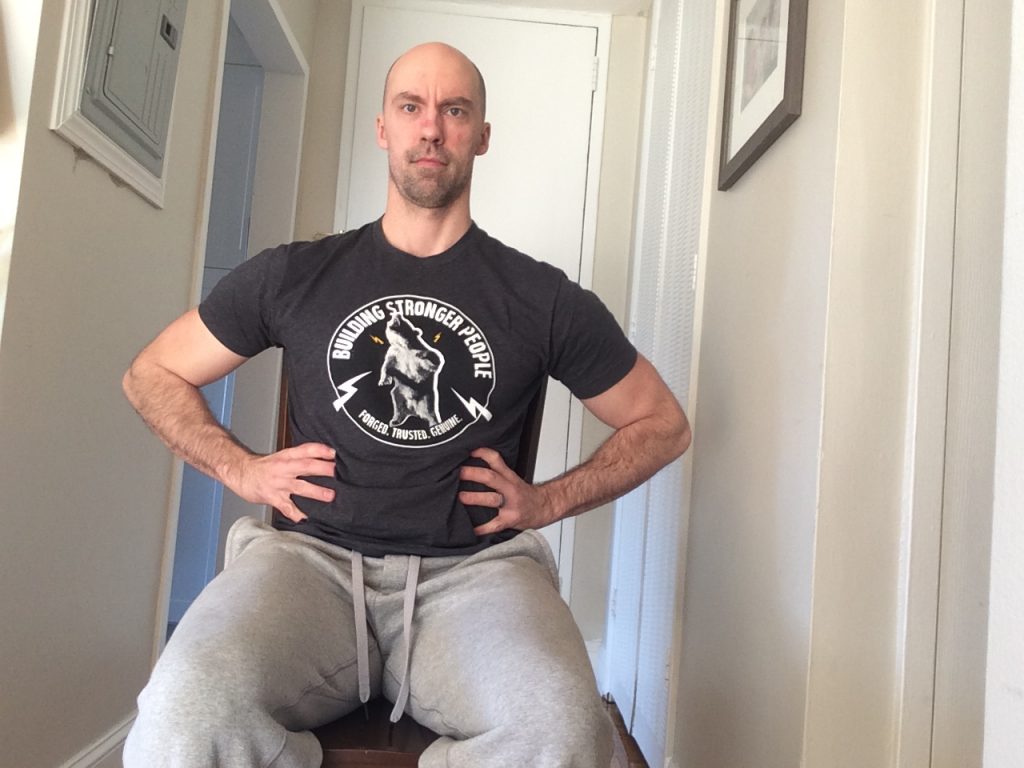
Inhale.
What happens?
If an alien explodes out of your chest, that sucks.
You should feel LATERAL (into your fingers) expansion of the ribcage with a some motion in your chest and belly too. To steal another train of thought from Sarah, you should think of your breath as the handle at the side of a bucket.

As you take a breath in the handle should move out – LATERALLY – away from the bucket. This is a brilliant analogy for your ribs expanding.
Too, another overlooked aspect of the breath is what’s referred to as the High Hinge Point. This is the area that’s just underneath the bra line.
Can you (or your clients) expand air into this area.
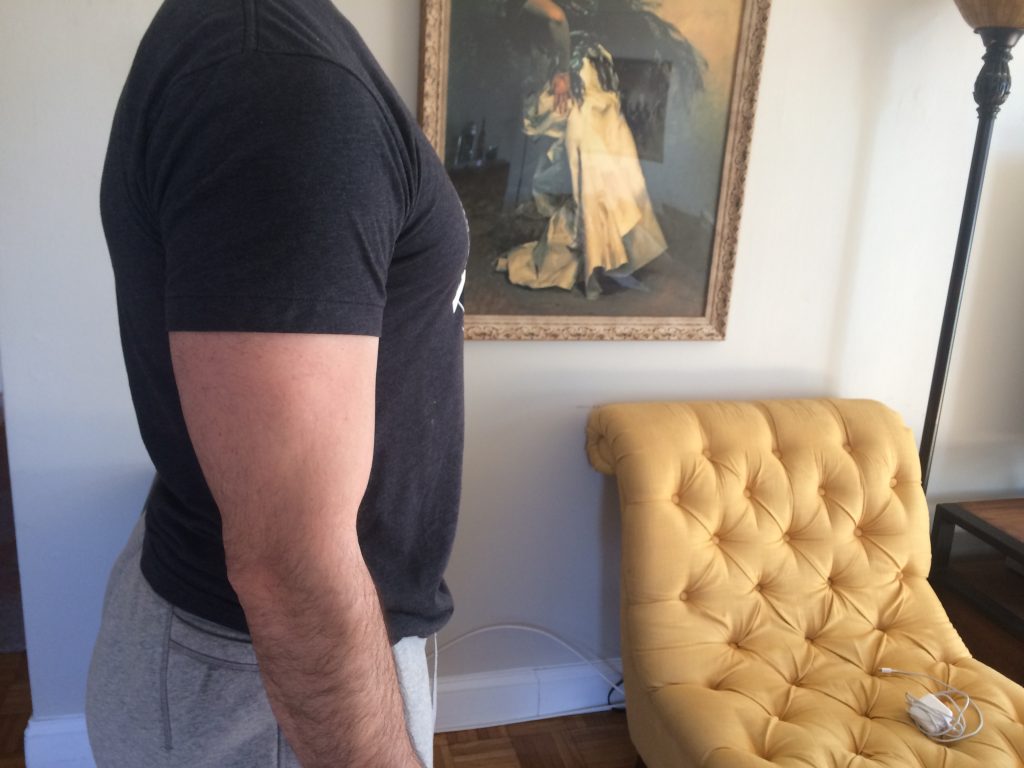
Normal ZOA. Uncanny Jackedness.
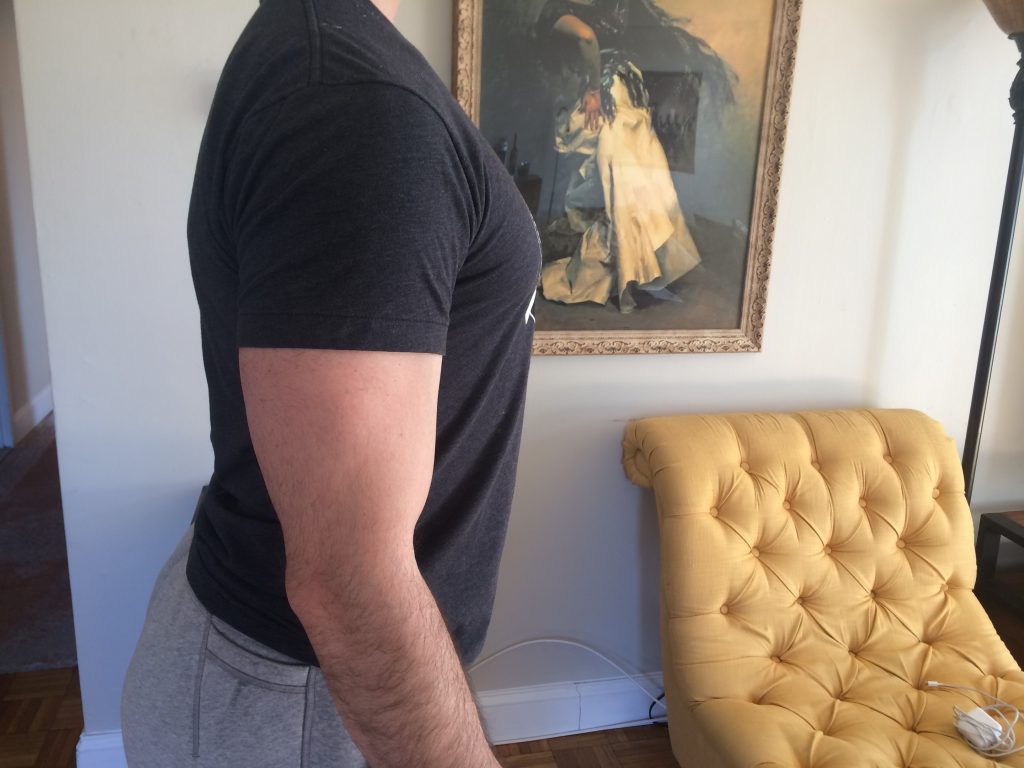
Sub-Optimal ZOA (High Hinge Point). Still Uncanny Jackedness
Breathing into the back is an arduous and foreign task for many people, but it’s a key element to improving the ZOA.
Here’s a nice drill to help with that which I’ve used many times with my postpartum clients (as well as those attempting to resolve nagging low back or shoulder issues; encouraging the ribcage to move/expand works wonders for many people).
And That’s That
I suck at writing conclusions. To summarize:
1. Work on LATERAL rib motion.
2. Consider a high-hinge point in people and work to promote back-body expansion as well.
3. My wife and I bought the yellow chair on Wayfair in case anyone’s wondering…;o)


